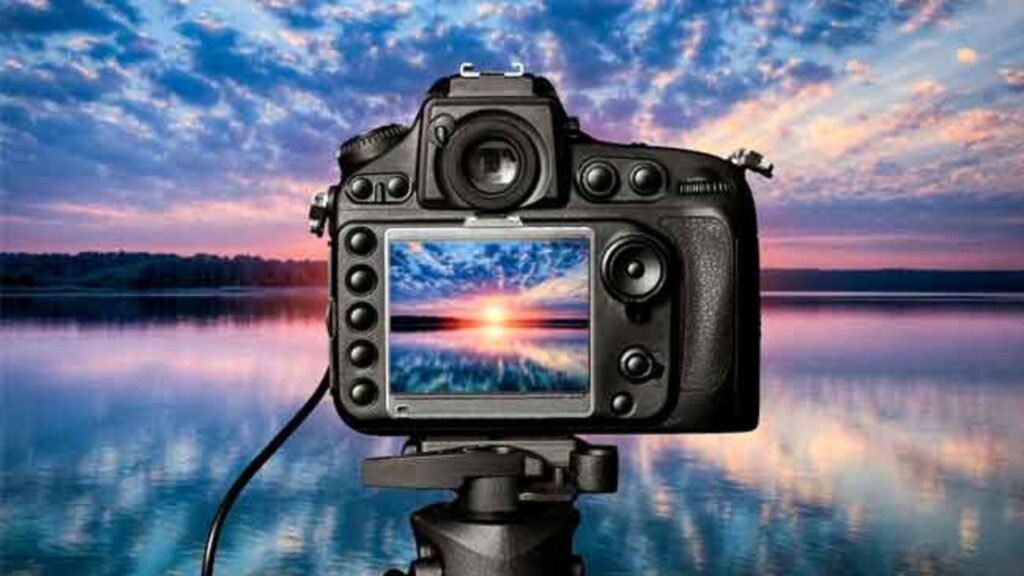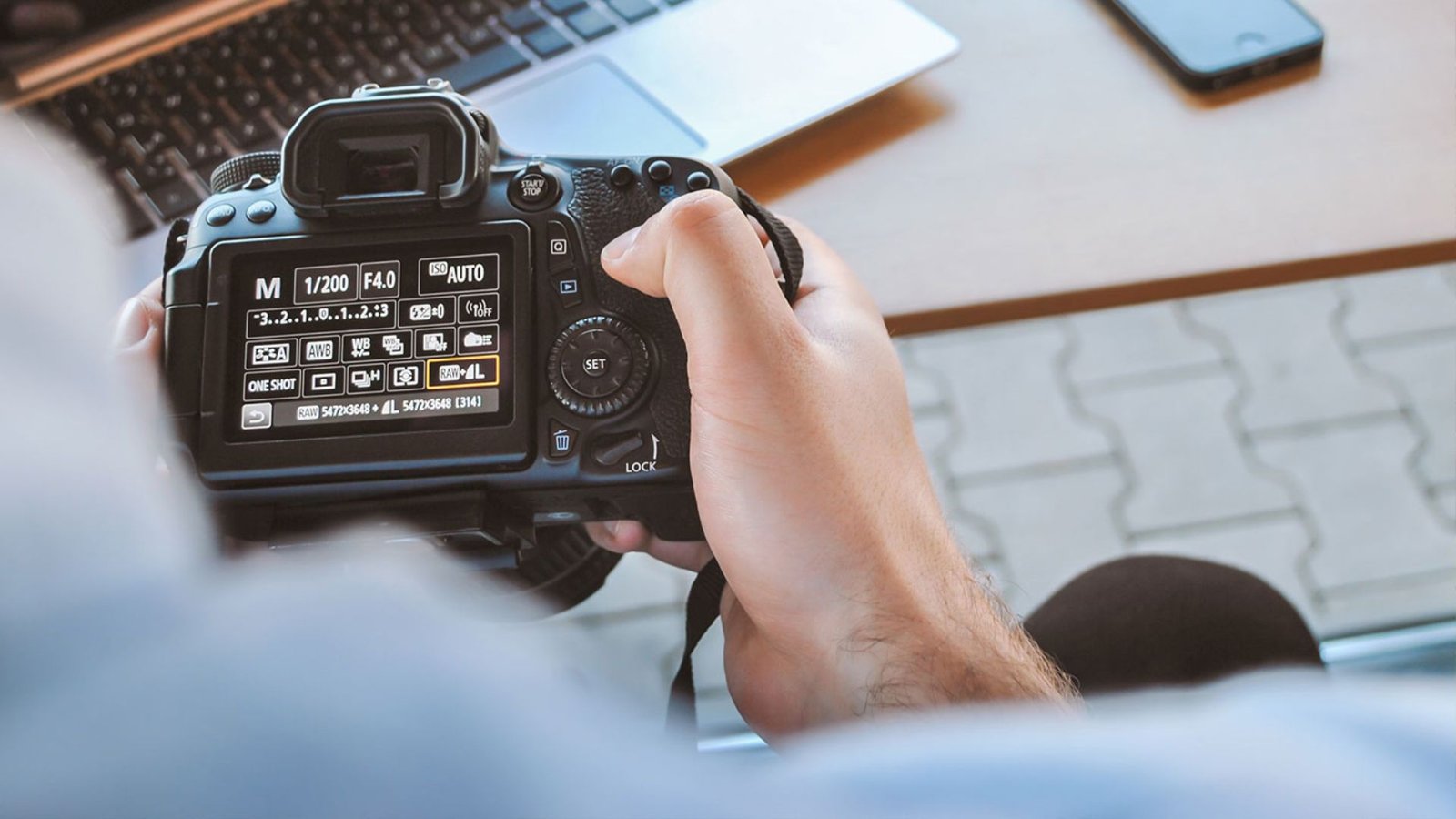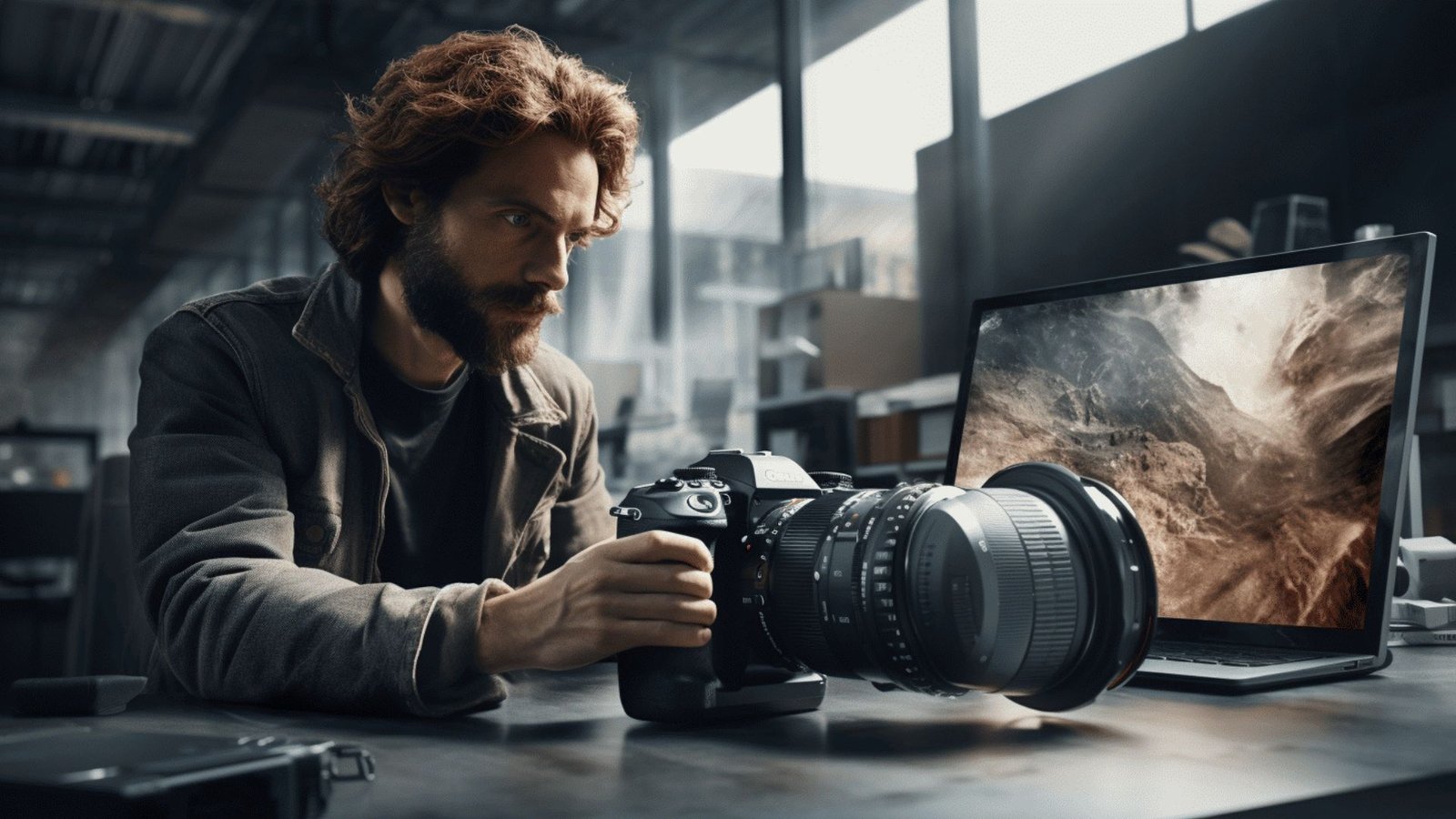Staying updated with the latest trends in photography technology is essential for any modern photographer. As technology rapidly evolves, new tools and techniques are transforming how we capture and edit images. In this article, we’ll explore the latest trends in photography technology that you should be aware of to keep your skills sharp and your equipment up-to-date.
Innovations in Camera Technology
One of the most exciting trends in photography technology is the advancement in camera systems. Modern cameras are packed with features that enhance image quality and ease of use. The latest models come with higher megapixels, improved autofocus systems, and better low-light performance. These innovations help photographers capture stunning images with greater detail and accuracy.

High-Resolution Sensors
High-resolution sensors are becoming more common, allowing photographers to capture images with incredible detail. Cameras with 30MP, 50MP, or even 100MP sensors provide the ability to produce large prints without sacrificing image quality. This trend is particularly beneficial for professional photographers who require sharp and clear images for high-quality work.
Artificial Intelligence Integration
Artificial Intelligence (AI) is playing a significant role in the latest trends in photography technology. AI algorithms are now integrated into cameras and editing software, making it easier to enhance photos and automate various processes. AI can analyze scenes, adjust settings, and even assist in editing tasks, streamlining workflows for photographers.
Smart Autofocus
AI-driven autofocus systems are one of the most notable advancements. These systems can detect and track subjects with incredible precision, ensuring that your photos are sharp and well-focused. AI helps in recognizing faces, eyes, and even specific objects, which is especially useful for portrait and action photography.
Enhanced Image Stabilization
Image stabilization technology has come a long way and is now a key trend in photography. Modern cameras and lenses feature advanced stabilization systems that minimize camera shake and vibrations. This technology allows for sharper images and smoother video footage, even when shooting handheld or in challenging conditions.
Optical and In-Body Stabilization
Optical image stabilization (OIS) and in-body image stabilization (IBIS) are two popular methods. OIS is built into lenses, while IBIS is incorporated into the camera body. Both technologies work to counteract camera movement, resulting in clearer, more stable shots, especially in low light or while using telephoto lenses.
Mirrorless Cameras Taking Over
Mirrorless cameras are increasingly becoming a popular choice among photographers. Unlike traditional DSLR cameras, mirrorless models use electronic viewfinders and lack a mirror mechanism, making them lighter and more compact. They offer fast autofocus, high burst rates, and excellent video capabilities, making them a versatile choice for various types of photography.
Compact and Lightweight
Mirrorless cameras are known for their compact design, which is a significant advantage for travel and street photography. Despite their smaller size, these cameras deliver high performance and image quality, making them a favorite among both amateur and professional photographers.
Advanced Editing Software
The latest trends in photography technology also include advancements in editing software. Modern photo editing programs now feature powerful tools powered by AI, making it easier to enhance and retouch images. From automatic color correction to advanced noise reduction, these tools simplify the editing process and help achieve professional results.
AI-Powered Enhancements
AI-powered editing software can automatically adjust exposure, color balance, and sharpness. These features save time and provide consistent results, allowing photographers to focus on their creative vision rather than getting bogged down in technical details.
360-Degree Photography
360-degree photography is gaining traction as a trend in photography technology. This technique allows photographers to capture a complete panoramic view of a scene, providing an immersive experience for viewers. With the rise of VR and AR, 360-degree images are becoming more popular for virtual tours and interactive content.
Immersive Visuals
360-degree cameras and editing tools are designed to create immersive visuals that can be explored from all angles. This technology is particularly useful for real estate, travel, and event photography, where providing a comprehensive view can enhance the viewer’s experience.
High Dynamic Range (HDR) Imaging
HDR imaging continues to be a significant trend in photography technology. This technique involves combining multiple exposures to create an image with a broader range of colors and details. HDR is especially useful for scenes with high contrast, such as landscapes or architectural photography.
Enhanced Detail and Color
By blending various exposures, HDR imaging captures more detail in both shadows and highlights. This results in vibrant, well-balanced images that more accurately represent the scene. Many modern cameras have built-in HDR modes, making it easier for photographers to achieve stunning results.
Wireless and Remote Connectivity
Wireless and remote connectivity features are becoming increasingly important in photography technology. Many cameras now offer Wi-Fi, Bluetooth, and other connectivity options, allowing photographers to transfer images, control cameras remotely, and share content quickly and easily.
Convenient Sharing and Control
Wireless connectivity simplifies the process of sharing photos on social media or with clients. Remote control features also enable photographers to take shots from a distance, which is useful for capturing self-portraits or group photos without needing an assistant.
Finding Inspiration During Breaks
As photographers and artists, we know that inspiration can strike at any moment, but sometimes it’s important to take a step back and recharge. Taking brief breaks during a creative session can help restore your energy and focus. For a quick and fun diversion, https://www.gambling360.com/casino-bonus/welcome/ offers online casino bonuses that can be enjoyed during downtime. Whether you’re editing photos or planning your next shoot, a short break can spark new ideas and keep your creative juices flowing.
Conclusion
Keeping up with the latest trends in photography technology is crucial for staying competitive and creative. From advancements in camera systems and AI integration to the rise of mirrorless cameras and 360-degree photography, these trends are shaping the future of photography. By embracing these innovations, photographers can enhance their skills, streamline their workflows, and produce stunning, high-quality images.











